From airborne sculptures unveiling alternate dimensions to place-based meditations on healing, these spring 2024 exhibitions reveal truths about the past and present to inspire meaningful engagement with an unfolding future.
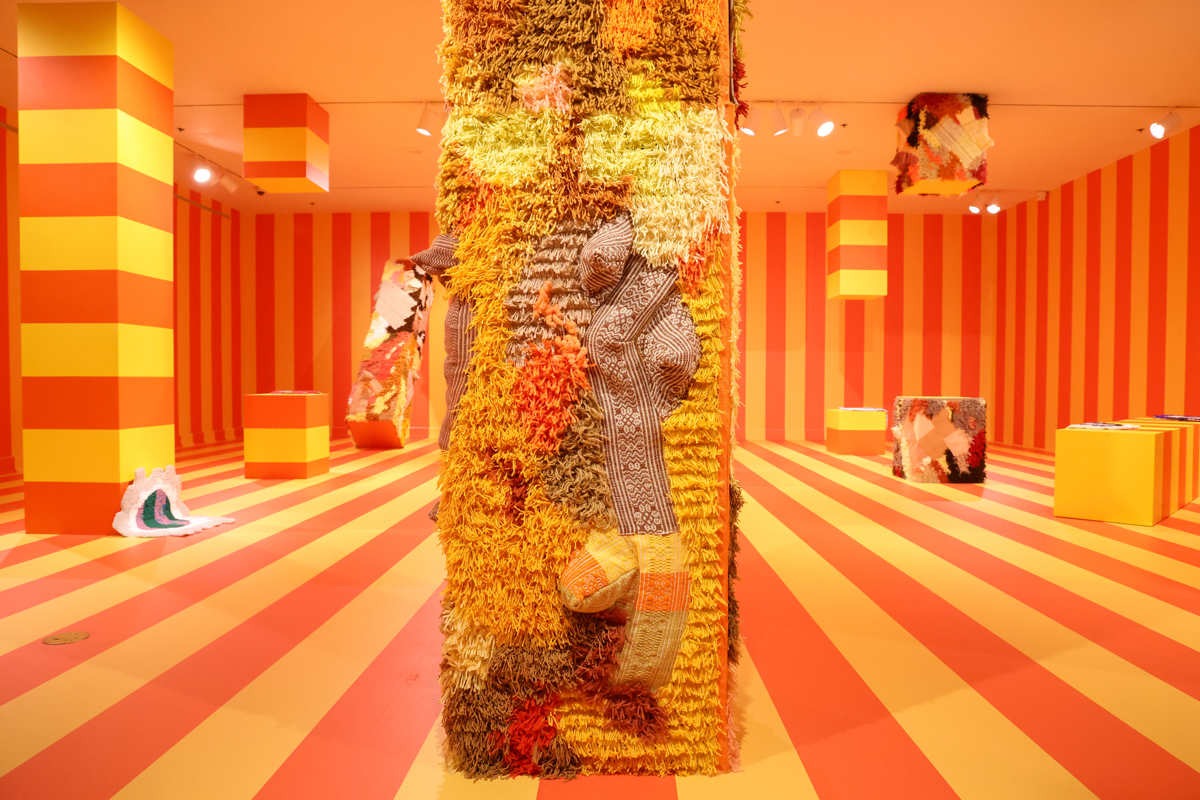
Explorations into human relationships with the land are front and center at many galleries and museums this spring. And for good reason. As we emerge from winter, the days are getting longer, and seem to be getting much, much warmer. It is possible to both reckon with the realities of a changing climate while also rejoicing in the healing power of the sun and the unparalleled beauty of the Southwest. The artists and exhibitions featured here present sobering truths about these interconnected histories and ongoing struggles, but still provide unrelenting rays of hope through their practices of world-building. Let these exhibitions be seeds that ground you in the present and blossom into enriching visions of a more sustainable future.
Arizona Art Exhibitions
Sarah Zapata: Beneath the breath of the sun
February 10–July 24, 2024
ASU Art Museum, Tempe
Following Sarah Zapata’s fall 2023 artist residency with the CALA Alliance, Beneath the breath of the sun features newly completed pieces from this period in conjunction with earthen ceramic works in a homage to Arizona’s terrain. Zapata engages adaptive ecological and geological concepts with striking hues of orange and yellow, calling notice to the tensions inherent in traditional artmaking practices in a world rife with unprecedented occurrences. This exhibition is shown in concurrence with her collaborative exhibition alongside Sara Hubbs in Between gravity and ground at MOCA Tucson, on view from February 2–June 23, 2024.
Oleaje [Groundswell]
February 10–August 4, 2024
Scottsdale Museum of Contemporary Art
Carolina Aranibar-Fernández’s Oleaje [Groundswell] at SMoCA demands attention. The Bolivian-born, San Francisco-based artist interrogates resource extraction in the global south as part of the museum’s Project Space initiative supporting artists of varying experience levels in expanding their practice. Aranibar-Fernández, who grew up “between the Andean mountains and the Amazon jungle,” watched her home become decimated over time at the hands of overseas mining “owners” with no consideration for the people living there or the land that sustains them. Using materials like blood, soil, copper, plants, beads, and sequins, she materializes the contradictions pulsating in the global market of consumption through works of striking scale and intricate complexity.
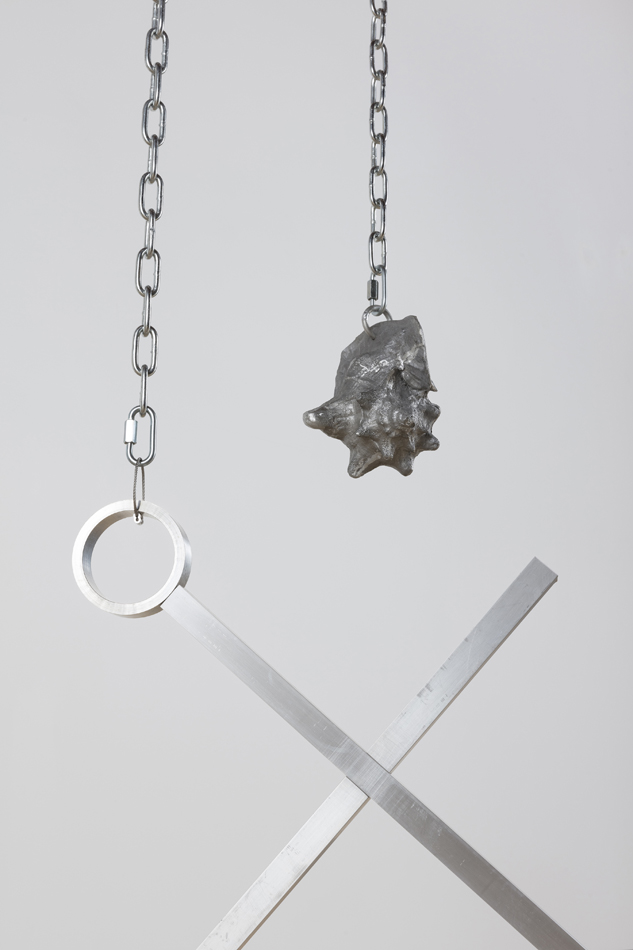
PORTALS
March 8–September 22, 2024
Museum of Contemporary Art Tucson
Los Angeles-based artist Fay Ray debuts her first solo exhibition, PORTALS at MOCA Tucson, which will feature seven newly commissioned site-specific pieces along with an array of large-scale suspension sculptures made over the last two decades. Her practice is a response to male domination in the art world, a form of artmaking that utilizes industrial processes and substances in conjunction with organic forms to construct world-bending relationships between seemingly unrelated materials.
Colorado Art Exhibitions
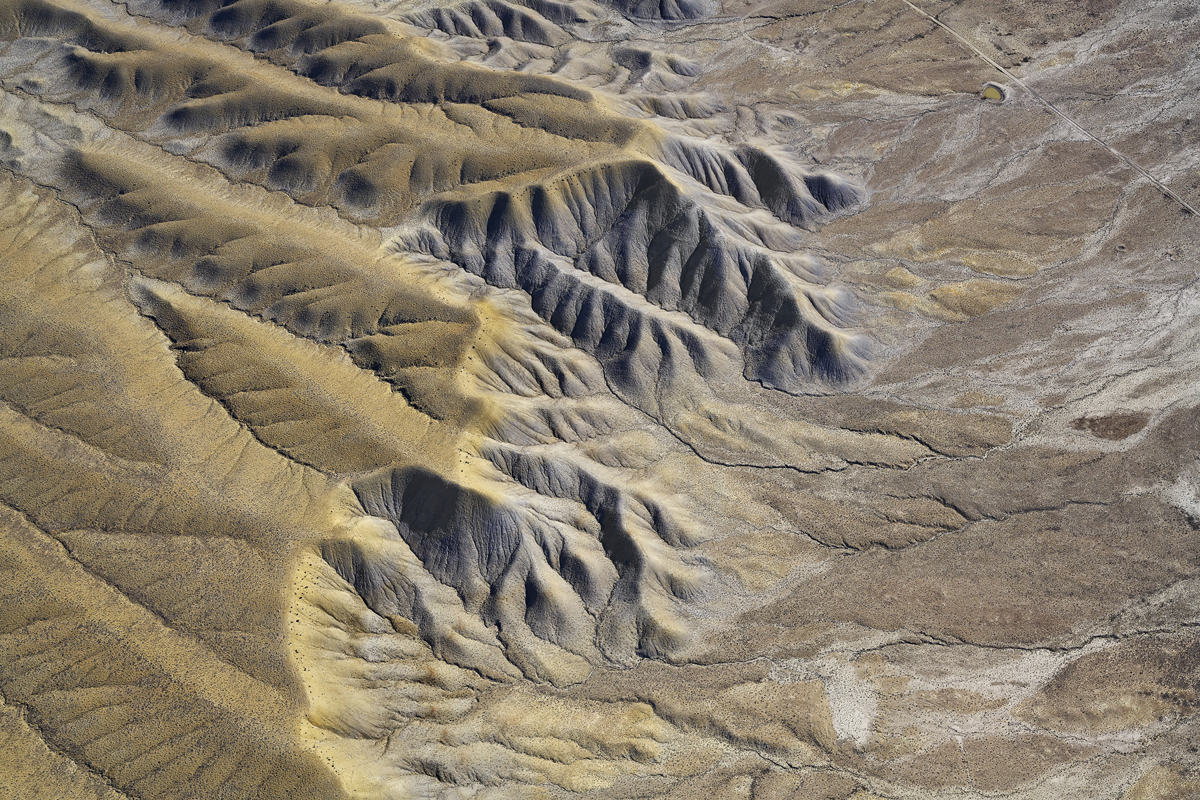
Thirst | Exposure | In Place
March 10–October 20, 2024
Denver Art Museum
While the impacts of climate change might feel too overwhelming to think about at times, Fazal Sheikh’s photography reminds us that we must not turn the other cheek to reality. Thirst ǀ Exposure ǀ In Place reveals the scars mining and resource extraction have left upon the geographies of the Southwest in ways that are chilling and staggeringly beautiful. With every scar, there is a story of resilience, and Sheikh imbues a sense of raw hope amid the imagery of devastation, introducing viewers to the Indigenous communities and scientists dedicated to protecting these lands for future generations.
New Mexico Art Exhibitions
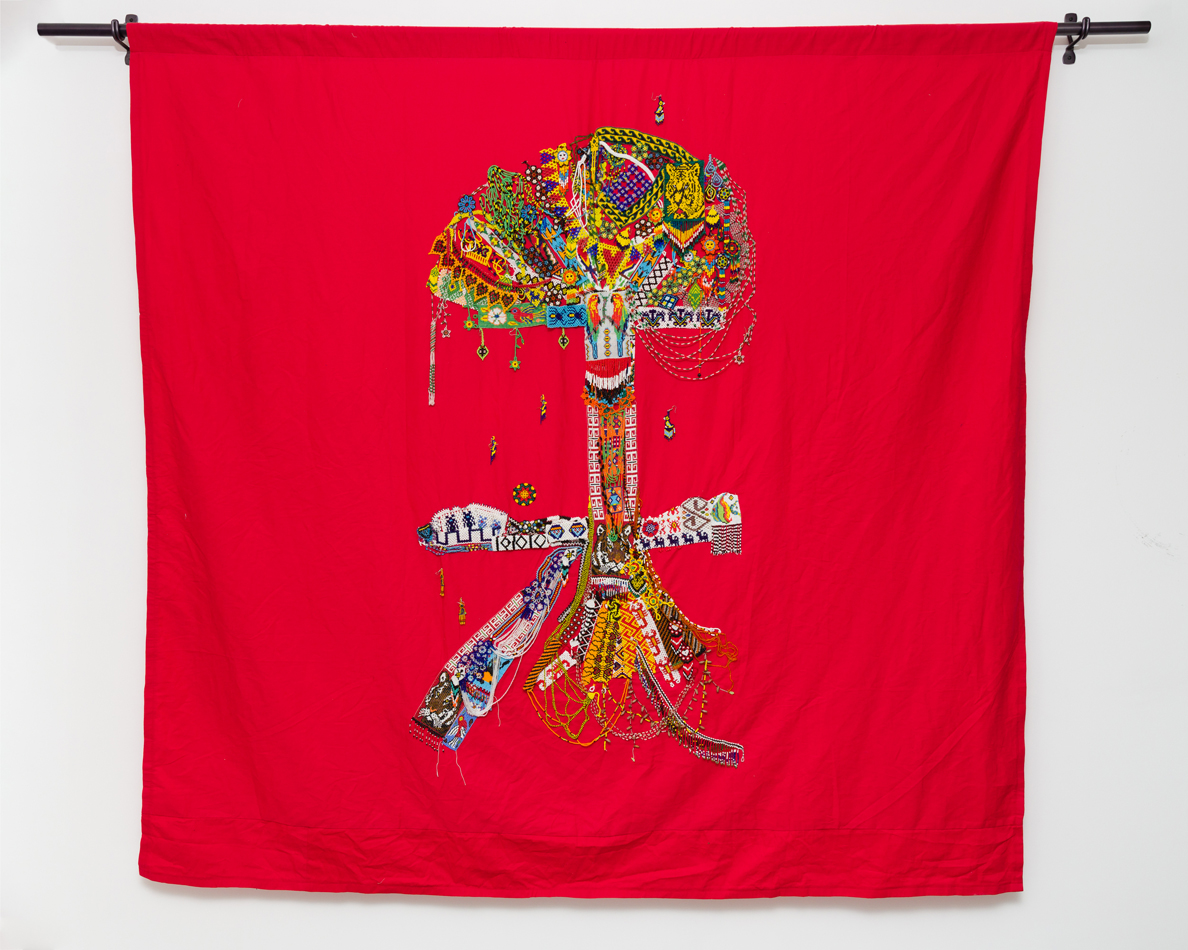
Womb of the Earth: Cosmovision of the Rainforest
February 2—July 19, 2024
IAIA Museum of Contemporary Native Arts, Santa Fe
Womb of the Earth: Cosmovision of the Rainforest presents a series of works by Brazilian Indigenous female artists who generally don’t have the same access to galleries and museums because they reside in the Amazon rainforests. Featuring works by fourteen different artists and collectives, the MoCNA exhibition presents a diversity of Indigenous perspectives on Brazilian tribal cosmologies, the depth of significance the rainforests have for their survival, and the role women play in fighting to preserve their homes.
Three Songs
February 24—July 7, 2024
Harwood Museum of Art, Taos
Recently, I was fortunate enough to experience Raven Chacon’s Three Songs with my own earthly senses, and I anticipate returning soon for one (or more) of the three upcoming For Zitkála-Šá performances, featuring Autumn Chacon on April 6, Laura Ortman on May 4, and Marisa DeMarco on June 7. The exhibition comprises three bodies of work: For Zitkála-Šá (2018), a series of music scores created for thirteen different Indigenous, First Nations, and Mestiza musicians; Three Songs (2021), a three-panel video installation of Indigenous women singing in their Native languages on their ancestral lands about histories of subjugation and legacies of hope rooted in the soil where each song was filmed; and Silent Choir (2016-17), a field recording of the silent protest conducted by 600 water protectors and activists at the Dakota Access Pipeline protests. Visitors will be enveloped in a sense of reverence for Indigenous women as a force of resistance, healing, and creativity as a result of the Pulitzer Prize composer’s tribute. Long live the matriarchy.
Texas Art Exhibitions
Prairie Piece
February 17–April 21, 2024
Nasher Sculpture Center, Dallas
At the Nasher, Trey Burns’s Prairie Piece sparks a conversation about how the ecology of the Texas Blackland Prairie, the unfulfilled proposals for Robert Smithson’s designs of Dallas-Fort Worth Airport, and the lingering impacts of George W. Bush’s presidency are interconnected. Weaving video, photography, and industrial sculpture, Burns reveals the layers of artifice that prevail in the Texan political and social decision-making processes. Like the plastic geofibers that mitigate erosion in the Native Texas Park, the works are draped in the glow of green LED lights to simulate the colors of grass, presenting an illusion of the natural which may have never existed in the first place. (Disclosure: Burns has contributed to Southwest Contemporary.)
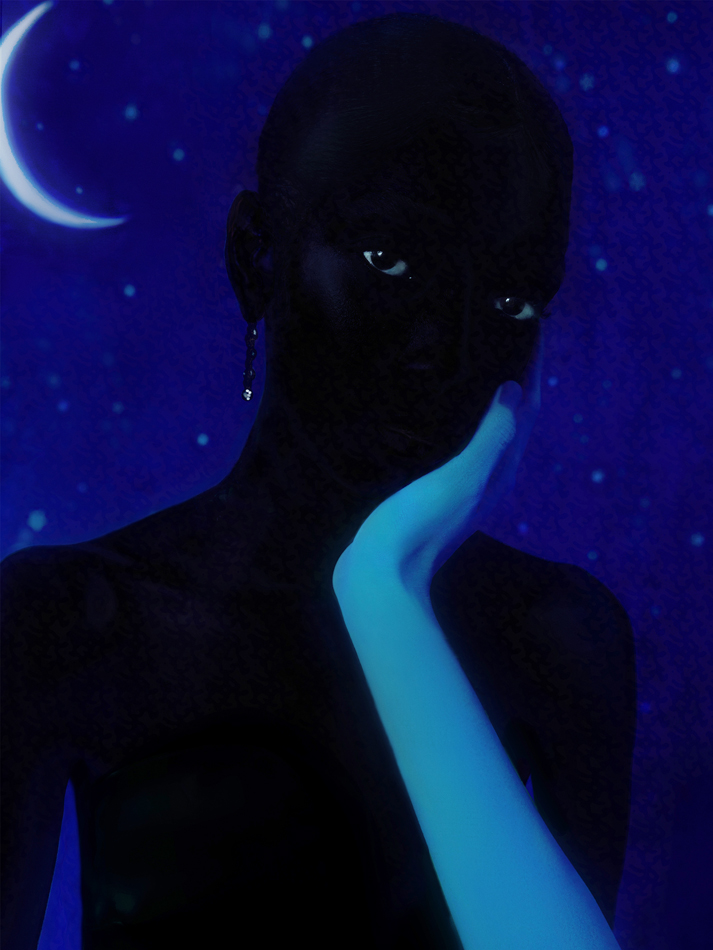
Surrealism and Us: Caribbean and African Diasporic Artists Since 1940
March 10–July 28, 2024
Modern Art Museum of Fort Worth
Surrealism and Us, curated by María Elena Ortiz, presents over eighty Afrosurrealist paintings, sculptures, drawings, videos, and installations created by Black modernists over the past eighty years. The exhibition is inspired by a Suzanne Césaire essay of the same name published in 1943 and gives prominence to how Caribbean and Black artists reimagined the European avant-garde to lend expression to their personal experiences and visions for the future.
Utah Art Exhibitions
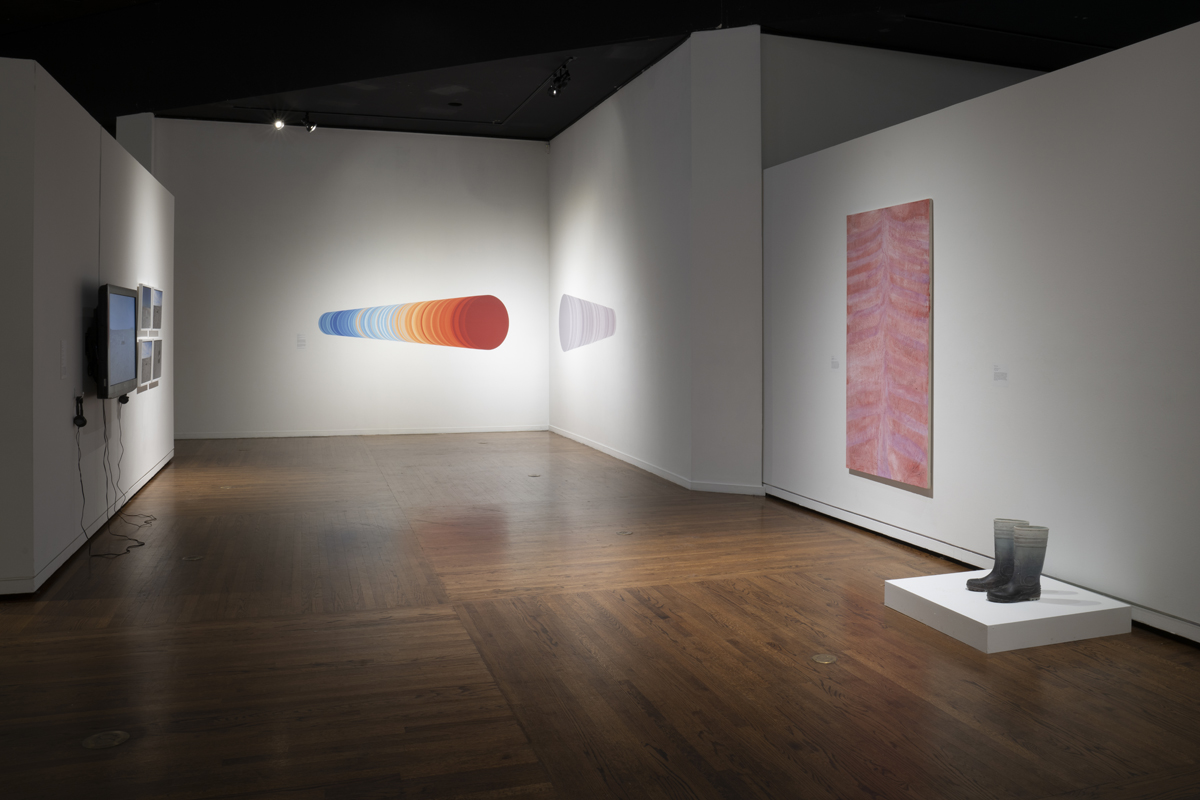
As the Lake Fades
January 26–June 1, 2024
Utah Museum of Contemporary Art, Salt Lake City
Drought and climate change are terms deeply familiar to nearly everyone in the Southwest. As the Lake Fades at UMOCA calls these issues into question as they pertain to the crisis of the receding Great Salt Lake. This exhibition will take a deeper look at the connections people have had to the lake over time—from the original Indigenous inhabitants to the current mosaic of residents.
Healing Palette of Mystical Mestizaje
March 1–April 21, 2024
Ogden Contemporary Arts
Luis Álvaro Sahagún Nuño, Ogden Contemporary Arts’ current resident artist, explores themes of cultural healing through traditional practices and contemporary iterations of ancient legacies in Healing Palette of Mystical Mestizaje. The multimedia exhibition, featuring painting, sculpture, and installations incorporating nostalgic personal items, is both a celebration of cultural identity as well as a confrontation of the white gaze, “challenging the tendency to exoticize and fetishize ‘otherness,’ breaking down stereotypes, and encouraging a more nuanced perspective on cultural exchange.”



